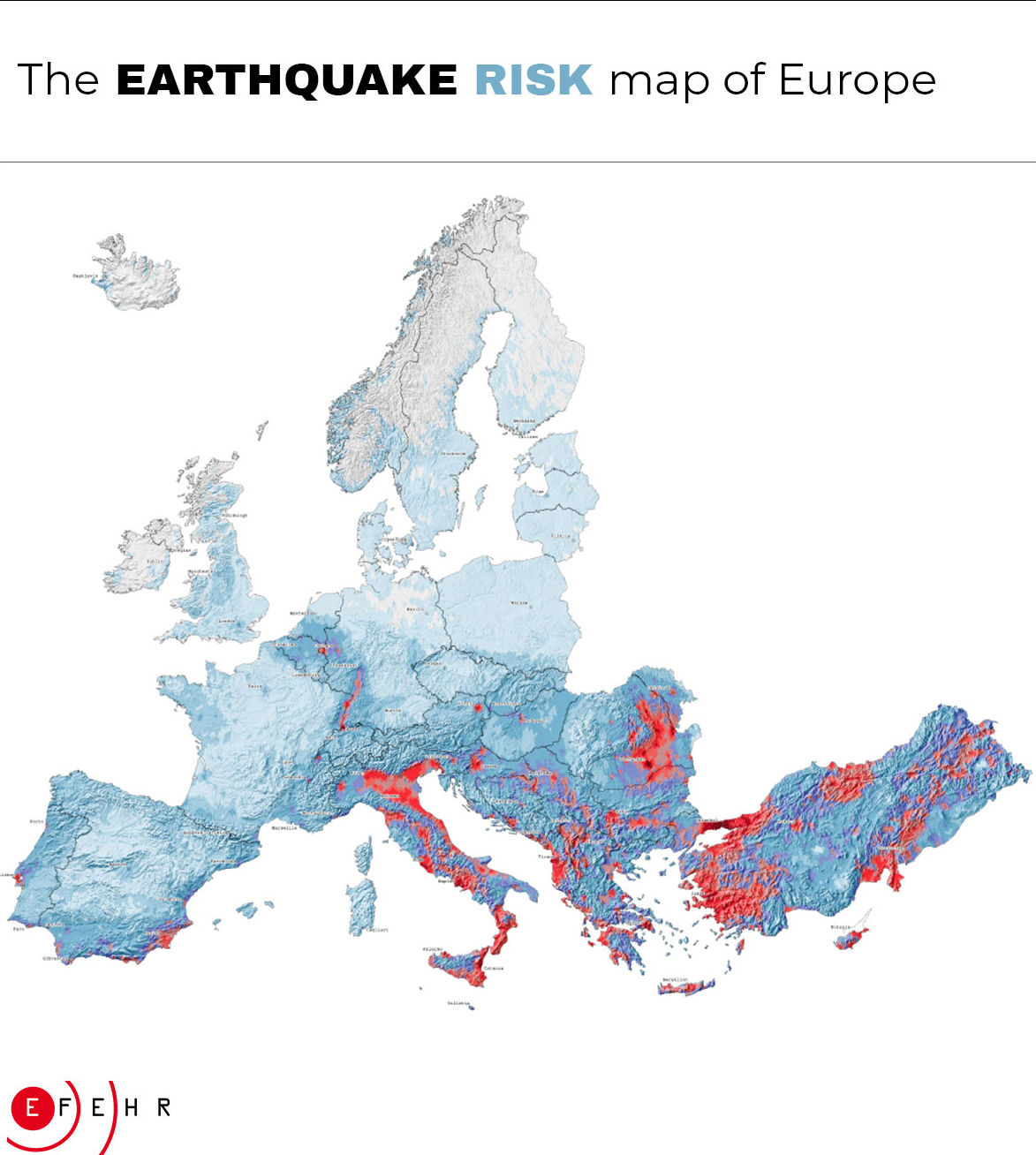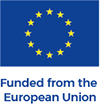On April 28, 2022, the 2020 European seismic hazard and risk models have been released.
The development of these models is the result of the collaboration of a core team of researchers from different institutions across Europe, including EUCENTRE, worked collaboratively to develop the first openly available Seismic Risk Model for Europe and to update Europe’s Seismic Hazard Model. These models have been part of an effort that started more than 30 years ago and involved several hundreds of researchers from all over Europe. These efforts have been funded by several European projects and supported by national groups over these years.
The work carried out included the updating of the seismic hazard model, which replaced the previous model of 2013, and the implementation of the first open and reproducible European seismic risk model.
Earthquakes cannot be prevented nor precisely predicted, but efficient mitigation measures informed by earthquake hazard and risk models can significantly reduce their impacts. The 2020 European Seismic Hazard and Risk Models offer comparable information on the spatial distribution of expected levels of ground shaking due to earthquakes, their frequency as well as their potential impact on the built environment and on people’s well-being. To this aim, all underlying datasets have been updated and harmonised – a complex undertaking given the vast amount of data and highly diverse tectonic settings in Europe. Such an approach is crucial to establish effective transnational disaster mitigation strategies that support the definition of insurance policies or up-to-date building codes at a European level (e.g. Eurocode 8 ) and at national levels. Open access is provided to both, the European Seismic Hazard and Risk Models, including various initial components such as input datasets.
The EUCENTRE has coordinated the development of the 2020 European Seismic Risk Model. This coordinating role began in the SERA project, where researchers from EUCENTRE led the teams across Europe working on developing the various components of European seismic risk, and organised a number of workshops to involve the wider scientific community and the stakeholders. This task then continued after the SERA project, as part of EUCENTRE’s responsibilities as the EFEHR seismic risk service provider (http://risk.efehr.org/). Researchers from the EUCENTRE have combined the hazard, site response, exposure, and vulnerability models in the computation of seismic risk, have validated the results, and have produced the final products of seismic risk, including the European seismic risk index map.


